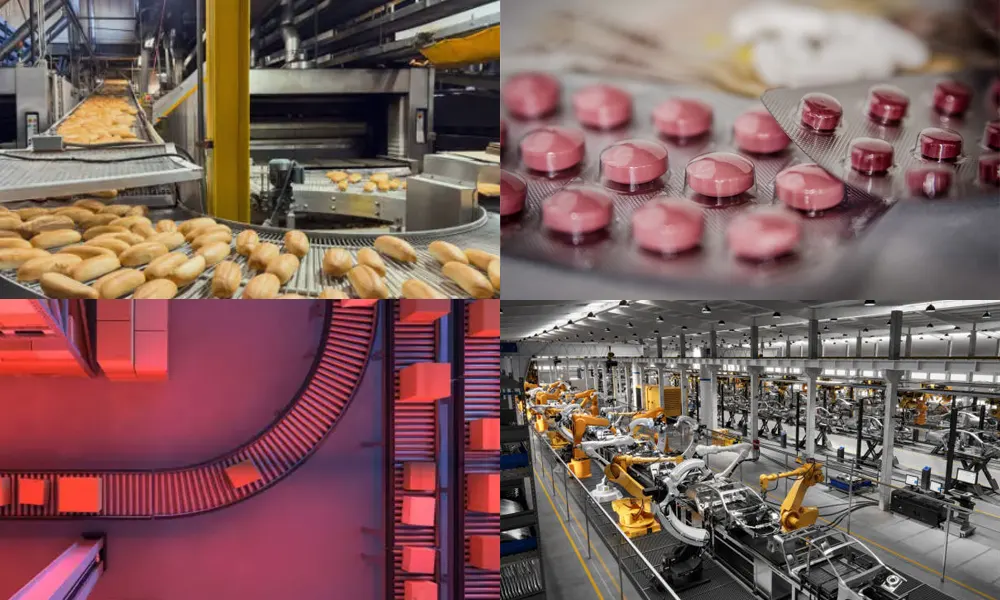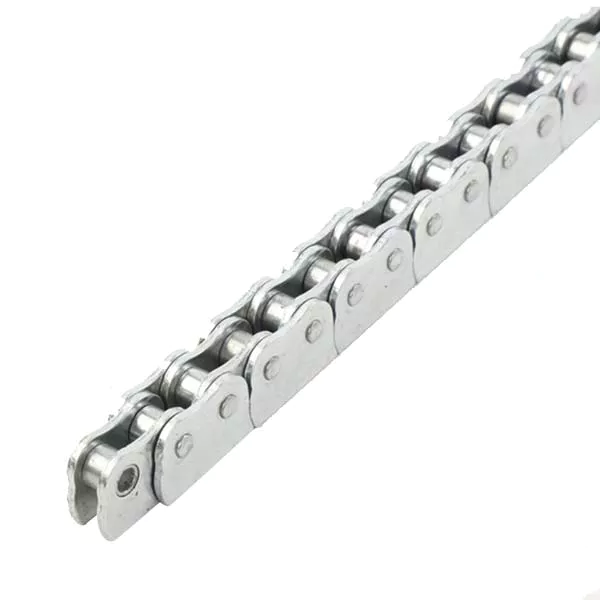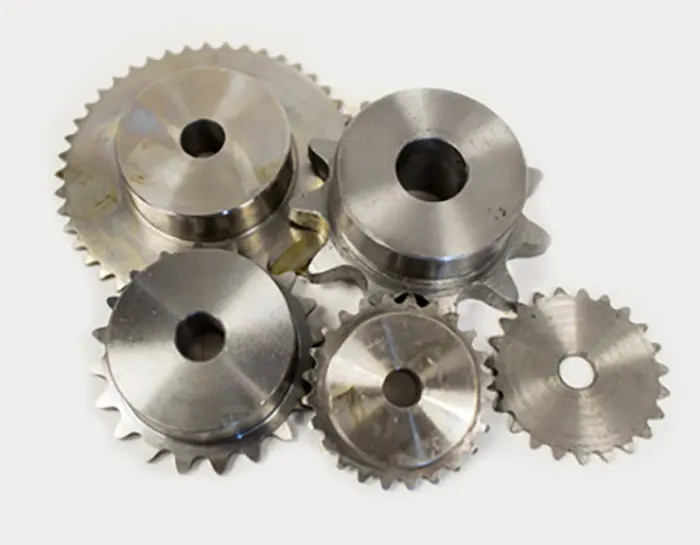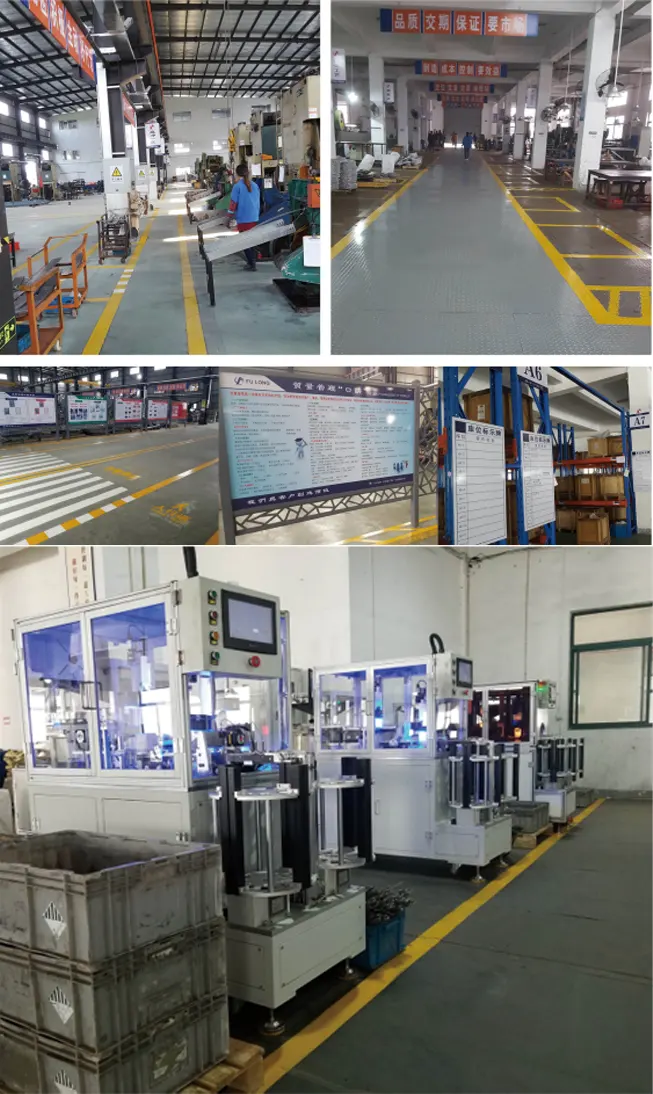Introduction
The stainless steel anti-bent chain is a crucial component in high-speed rail networks. Its unique design and exceptional durability make it an ideal choice for ensuring the smooth operation and safety of the rail system. In this article, we will explore the various aspects of this remarkable chain and its applications in high-speed rail networks.
Advantages of Stainless Steel Anti-Bent Chain
1. High Tensile Strength: The stainless steel anti-bent chain is engineered to withstand heavy loads and extreme conditions, ensuring the stability and reliability of the rail system.
2. Corrosion Resistance: The chain is made of high-quality stainless steel, which offers excellent resistance to corrosion, even in harsh environments.
3. Anti-Bending Properties: The unique design of the chain minimizes bending and twisting, reducing the risk of derailment and ensuring smooth operation.
4. Long Service Life: Thanks to its superior materials and construction, the stainless steel anti-bent chain has a significantly longer lifespan compared to conventional chains.
5. Low Maintenance: The chain requires minimal maintenance, resulting in reduced downtime and increased operational efficiency.
Applications of Stainless Steel Anti-Bent Chain
The stainless steel anti-bent chain finds extensive use in various applications within high-speed rail networks:
– Track Alignment Systems: The chain plays a critical role in ensuring the proper alignment of rail tracks, reducing the risk of accidents and improving overall safety.
– Power Transmission Systems: The chain efficiently transfers power from the locomotive to the wheels, enabling smooth acceleration and deceleration.
– Signal and Communication Systems: The chain supports the installation and maintenance of signal and communication equipment along the rail network, ensuring effective communication between trains and control centers.
Why Choose Stainless Steel Anti-Bent Chain for High-Speed Rail Networks
– Enhanced Safety: The stainless steel anti-bent chain’s anti-bending properties minimize the risk of derailment, ensuring the safety of passengers and cargo.
– Efficient Power Transmission: The chain’s high tensile strength allows for efficient power transfer, leading to enhanced acceleration and deceleration capabilities.
– Extended Service Life: The superior durability of the chain ensures a long lifespan, reducing maintenance costs and increasing operational efficiency.
– Corrosion Resistance: The chain’s stainless steel construction provides excellent resistance to corrosion, even in demanding environmental conditions.
Common Fault Analysis and Solutions
1. Fault: Chain Deformation
Solution: Regular inspection and lubrication of the chain, along with proper tension adjustment, can prevent chain deformation and ensure optimal performance.
2. Fault: Chain Wear
Solution: Implementing a regular maintenance schedule that includes cleaning, lubrication, and replacing worn-out components can prevent excessive chain wear and extend its service life.
3. Fault: Chain Breakage
Solution: Quality control measures during manufacturing, along with proper installation and maintenance, can minimize the risk of chain breakage and ensure reliable operation.
Choosing and Customizing the Right Stainless Steel Anti-Bent Chain
1. Load Capacity: Consider the expected load requirements and select a chain with an appropriate load capacity to ensure safe and efficient operation.
2. Speed: Determine the operating speed of the rail network and choose a chain that can withstand the required velocity without compromising performance.
3. Environmental Conditions: Assess the environmental factors, such as temperature, humidity, and exposure to chemicals, and select a chain that offers optimal resistance to these conditions.
4. Chain Size: Consider the specific requirements of the rail system and choose a chain size that aligns with the system’s design specifications.
Stainless Steel Sprockets for Anti-Bent Chains
The stainless steel sprockets complement the anti-bent chains, forming a crucial partnership in high-speed rail systems. The sprockets are specifically designed to work seamlessly with the anti-bent chains, ensuring efficient power transmission and smooth operation. Our company offers a wide range of stainless steel sprockets that are compatible with the anti-bent chains, providing a comprehensive solution for rail network applications.
About Our Company and Recommended Stainless Steel Anti-Bent Chains
Our company is a leading manufacturer of stainless steel chains, specializing in design, manufacturing, and sales. We offer a diverse range of products made from high-quality stainless steel materials, including 304, 310, 321, 316, 410, 420, 431, 630, and 2205. Our chains find extensive applications in various industries, such as food processing, pharmaceuticals, electronics, appliances, automotive manufacturing, machinery, metallurgy, and wastewater treatment. We also provide customized solutions based on customer requirements. Our products are exported to Europe, America, Southeast Asia, and other regions. We encourage customers to explore our stainless steel anti-bent chains and contact us for purchasing inquiries.
Q&A
Q: Can the stainless steel anti-bent chain be used in extreme weather conditions?
A: Yes, the chain’s corrosion-resistant properties make it suitable for use in various weather conditions, including extreme temperatures and high humidity.
Q: Are there any specific lubrication requirements for the chain?
A: Regular lubrication using high-quality lubricants is recommended to ensure optimal performance and prolong the chain’s lifespan.
Q: Can the stainless steel anti-bent chain be used in other industries besides high-speed rail networks?
A: Yes, the chain’s durability and resistance to corrosion make it a versatile choice for applications in industries such as mining, marine, and manufacturing.
Edited by Zqq






